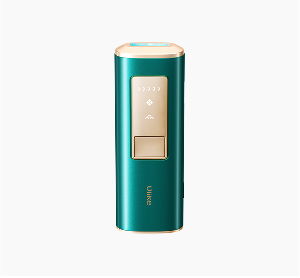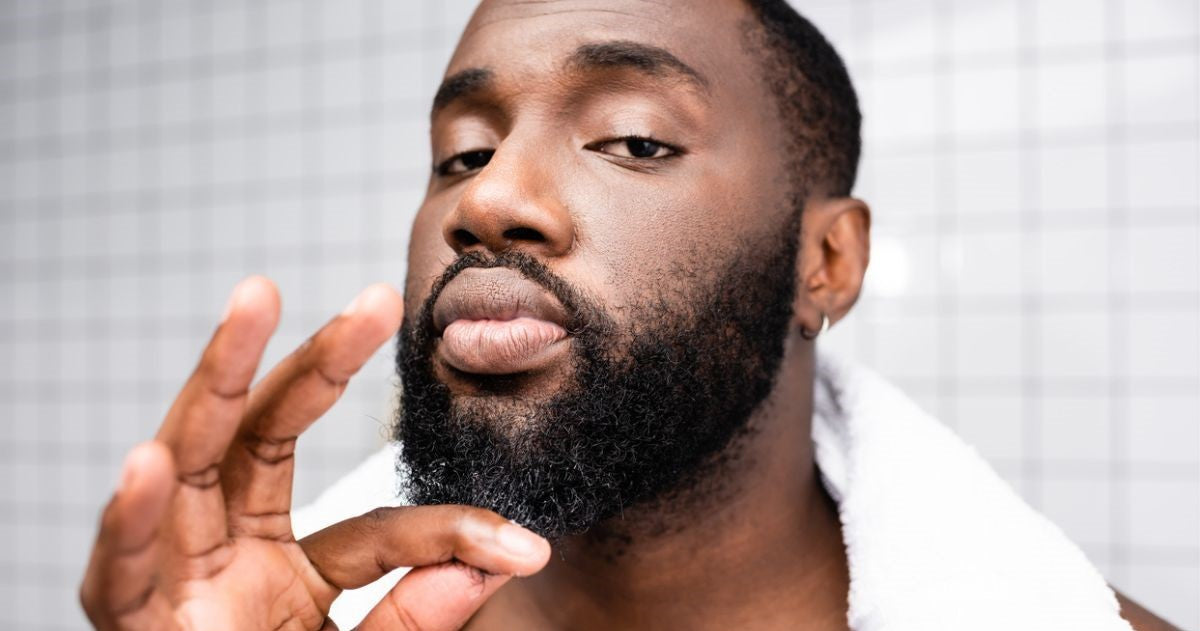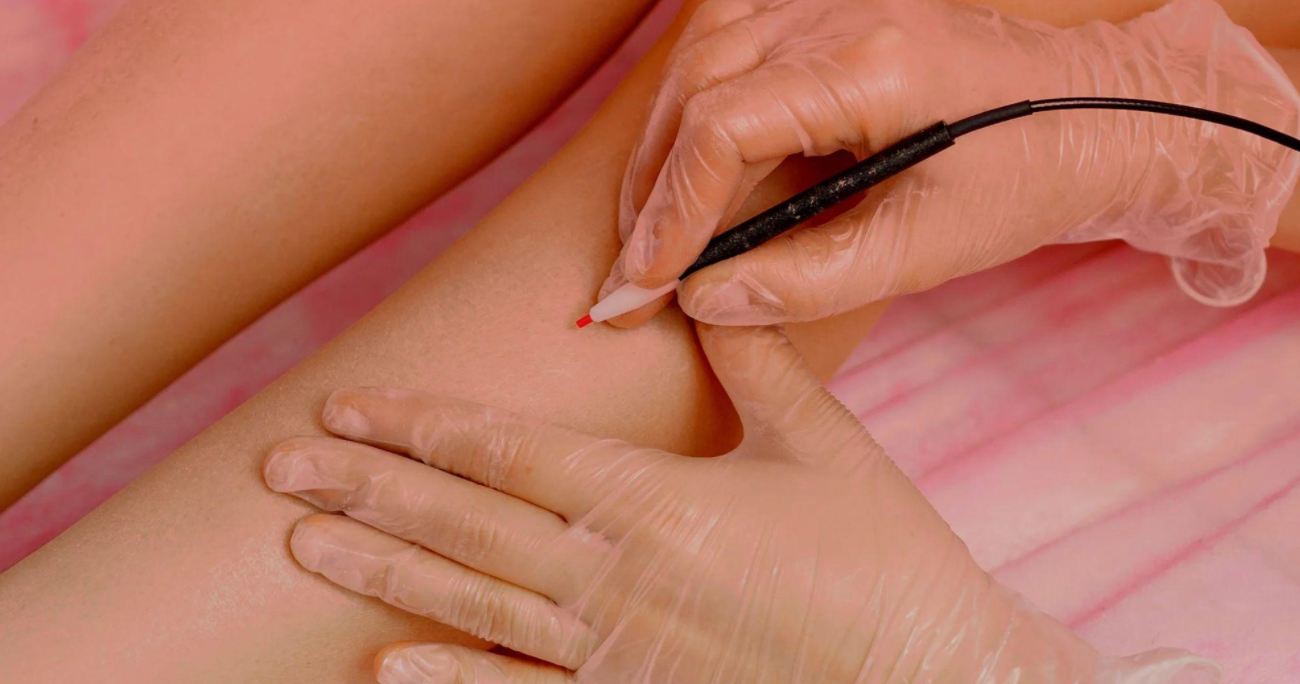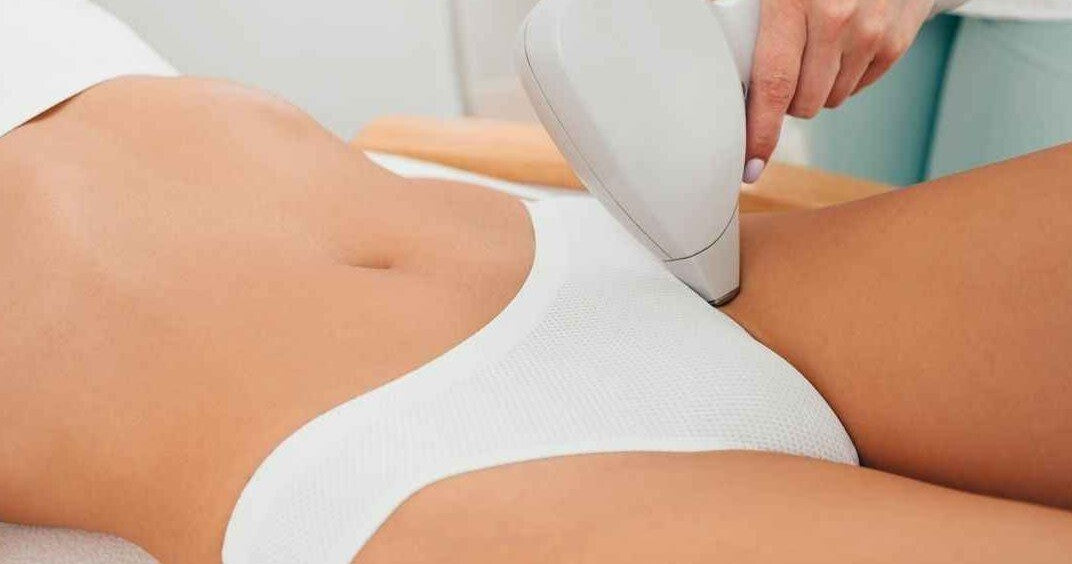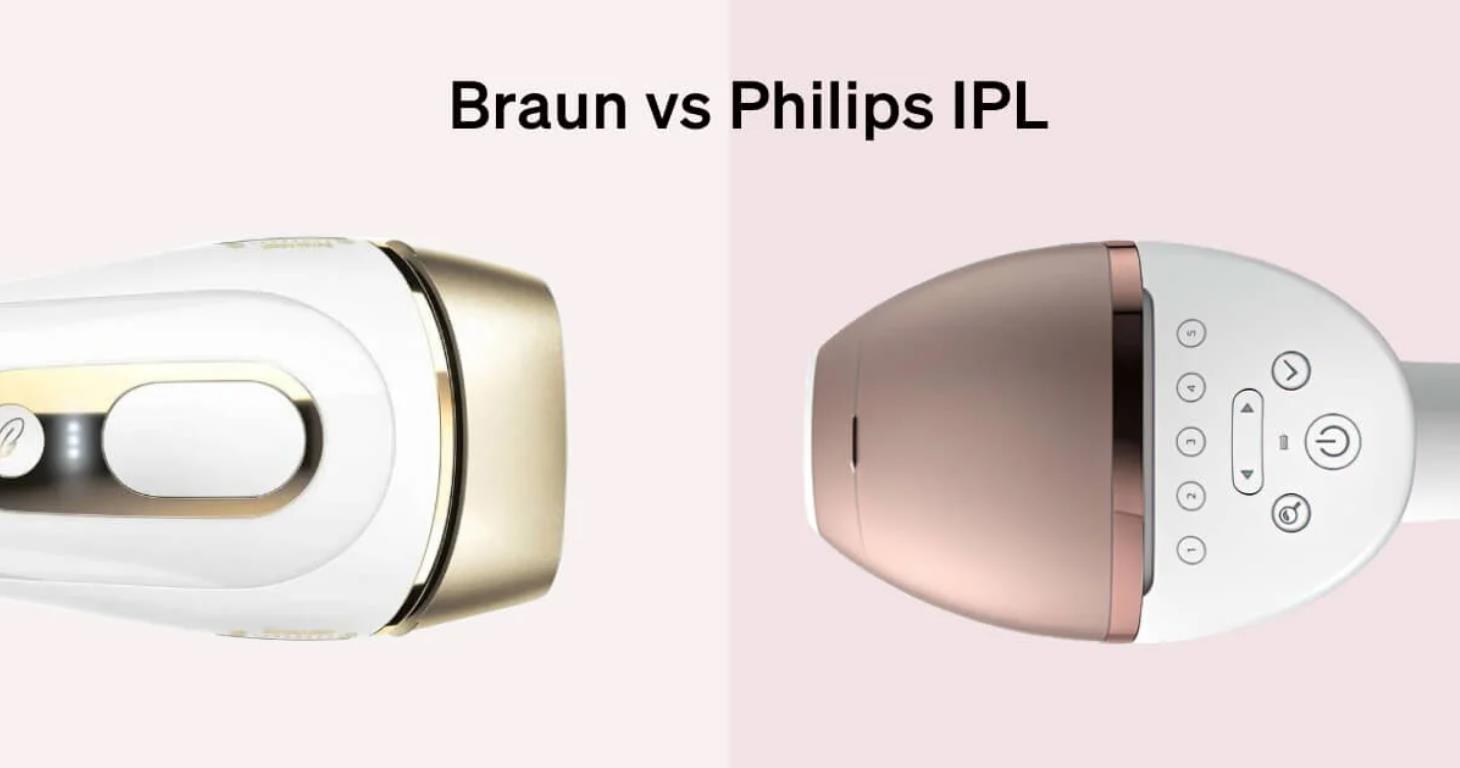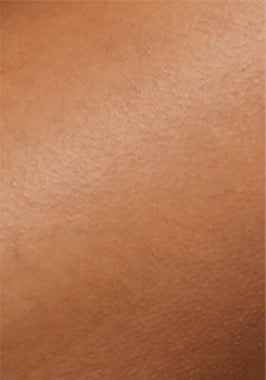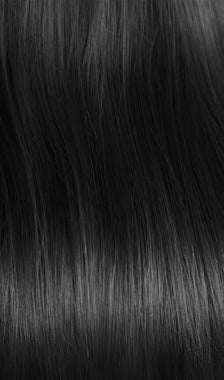Beard refers to facial hair growth in men, over the years having a beard has become more of a fashion statement. Before one begins growing a beard it is important to understand the growth process behind growing a beard as this will help with grooming and aid the process of beard growth.
This article’s primary focus is to explain the stage of beard growth and the signs representing each growth stage. It further explains the factors that influence and have an effect on beard growth, it also emphasises and provides suggestions and grooming tips to help grow a beard faster.
Table of Contents:- Part 1: What Are the Stages of Beard Growth?
- Part 2: What Factors Can Affect One’s Beard Growth?
- Part 3: Beard Stages Chart
- Part 4: How to Grow a Beard Faster?
What Are the Stages of Beard Growth?
Beard growth undergoes several stages of hair growth such as
1. Initial Growth
During the initial growth stage, one may notice the appearance of hair. However one may go through a ‘beard itch’ phase. It is a common outcome of growing out a beard for the first and is not something that raises a concern. When undergoing such a scenario. It is best advised to keep the face clean and just allow the beard to grow instead of shaving it. Make use of a beard shampoo to keep the area clean and a beard oil to keep the skin moisturised and away from dryness and inflammation.
2. Stubble Growth
Two to Four weeks of not shaving the beard will result in the growth of small hair called stubble. During this phase, the itchiness of the beard persists but it is however manageable. It is during this time that one can begin trimming the stubble if desired to keep a stubble beard look. It is important to note that the beard may look patchy at this stage and may push the individual to give up and shave. Patience is key at this stage. Make use of beard oil, beard shampoo and conditioner at the stubble growth stage to enhance beard growth.
3. Short Beard
Post the appearance of stubble, after three to six weeks, the facial hair gets thicker and one will begin to notice darker hair patches. At this time it is vital to trim the beard to get a shaped beard as it grows. If the moustache hair is long and is found getting into the mouth, it is best advised to trim it. Use a trimmer and trim between facial beard and neck beard to maintain proper shape. Style and groom beard often and make frequent use of beard care products like beard oils and beard gels to achieve the best results.
4. Mid-Length Beard
This is the most pivotal stage in the beard growth stage. It either makes or breaks the beard growth phase. Although beard care is mandatory in every stage, it is especially crucial from this stage on. From here on, one may decide and shape the beard according to the desired beard and face. Those with round faces best suit longer and rounder beards, and those with bony prominence may look best with shorter and angular jaw beards. It is important to wash the beard every once in three days, opting to not do so will lead to an unpleasant smell and infections.
5. Full Beard
At this stage, the beard has reached its final stage of growth and all the hard work put into growing it has been finally reaped. Beard care is a continued important step here as well. One may notice dry ends and rough hair, use and trimmer and trim off anything that makes the beard look unruly.
Make use of a beard brush and brush the mane regularly. Use beard care products like beard shampoo, conditioner, gels and oils to maintain the perfect beard look. Trim and shape with a quality trimmer and scissors as often as possible. Remember to always wash the beard often to keep stench and infections away.
6. Established Beard
An established beard is a full-fledged, properly trimmed and shaped beard. This can be achieved through regular trimming, shaping and grooming. Invest in quality beard care products to achieve the perfect beard. This is the final stage and from here on, one gets to decide if the beards stays or goes. Take the process of maintaining a beard as a responsibility and use the right products suited for your beard type.
What Factors Can Affect One’s Beard Growth?
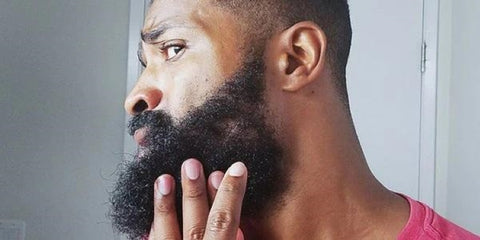 Genetics
Genetics
Genetics plays a key role in the beard growth process. For those with fathers and grandfathers with voluminous and thick beards, there is a high likelihood of the individual developing a thick beard as well. If the individual’s male family members have sparse hair growth, there is a high chance that the individual himself may have little to no facial hair growth. Besides this, genetics determine the number of hair follicles at birth. The lesser the number of hair follicles, the lesser the hair growth.
Hormones
Dihydrotestosterone and testosterone are the chief hormones responsible for beard growth. Those with higher testosterone and dihydrotestosterone levels will develop denser and thicker beards with full volume. Those with lower levels of testosterone and dihydrotestosterone are likely to develop little to no facial hair. These levels may be affected and fluctuate due to one’s lifestyle and eating habits. A low testosterone level is however a concern and calls for a doctor’s visit.
Age
One can notice different hair growth rates by age. The onset of beard growth begins two years after the appearance of pubic hair. A full-fledged beard growth process, however, only begins at the age of 18. A man may face prime hair growth between the ages of 25 to 35. An older age may not affect beard growth as much, but those who are young may face issues with growing out a beard.
Nutrition & Diet
For hormones such as testosterone and DHT to function well, a balanced and healthy diet is required. A nutritious diet will aid the process of beard and result in a healthy beard. Include vitamins, proteins, biotins, collagen, zinc, and iron-based food in everyday meals. This will help in the production of sebum and stimulate hair growth. Consuming an unhealthy diet when growing a beard will not help in any way. It is best advised to avoid consuming junk food and food with high salt content.
Exercise & Fitness Level
Exercise helps in increasing testosterone levels, besides that, it also helps in smooth circulation and blood flow. Smooth circulation of blood boosts the hair growth process by stimulating hair follicles. Hence, participating in the exercise of the face and body is vital. Heaving lifting workouts are highly beneficial in building up testosterone levels. Having a poor lifestyle with little to no exercise may affect physical health and secretion of hormones and blood circulation, which in turn affects beard growth.
Sleep Schedule
Sleep is the most important component of human life. For one to function normally, 7-8 hours of sleep is needed mandatorily. Sleep helps maintain hormone levels at a normal range. Having 7-8 hours of restful and uninterrupted sleep at night helps keep the secretion of hormones in check. When one has an unhealthy sleep schedule, hormone levels begin to fluctuate and an imbalance in the secretion of hormones occurs. Testosterone is one such hormone deeply impacted by sleep.
Skincare & Grooming Habits
Anything related to the face requires proper skin care in order to achieve the best results. For the beard to grow, an optimal clean environment is required. Make use of a cleanser to remove the accumulation of dirt and dust on the skin. Moisturise skin often to keep away dryness. Groom the beard often with beard oil and beard shampoo. Take up the task of growing a beard as a responsibility.
Beard Stages Chart
Here’s a beard length chart:
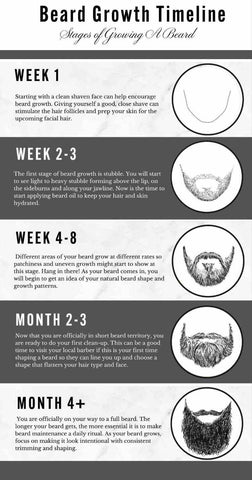 The general milestones and beard lengths associated with each stage are:
The general milestones and beard lengths associated with each stage are:
- Stage 1: At this stage, there is no visibility of any hair. But one may feel itchiness. It’s best advised to exfoliate to stimulate hair follicles for optimal beard growth.
- Stage 2: Look out for tiny hair particles appearing above the lip, on the side burns and on the jaw. The hair is usually 1mm to 3mm in length.
- Stage 3: One may have a patchy and uneven beard at this stage. The hair is about an inch long.
- Stage 4: At this stage, the beard will look darker and thicker. Hair is usually a full one-inch or a one-and-a-half-inch long.
- Stage 5: By this stage, one would have achieved a full-length beard of 3 to 4 inches.
Beard growth is a slow process. It may vary from person to person. It is important to be patient and not give up. The above chart can be referred to keep track of the beard growth process.
How to Grow a Beard Faster?
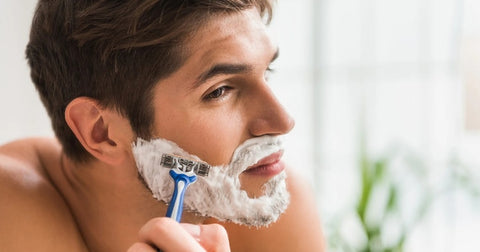 Keep Trimming The Beard Regularly
Keep Trimming The Beard Regularly
Regular trimming of the beard will help keep dry and split ends away. Doing so helps grow healthier and longer hair. Use a high-quality scissor or trimmer as this will not only aid the process of hair growth but will also help achieve a clean and presentable look. It is best advised to begin trimming the beard post the stubble appearance.
Be Patient With The Beard Growth Routine
Growing a beard takes time as facial hair grows at a slower rate compared to other parts of the body. Facial grows at a length of 0.5 inches per month besides this, there are several other factors influencing beard growth such as health, lifestyle, age and genes. It is important to be patient and not be quickly disheartened by the slow process.
Maintain Proper Facial Skincare Routine
For a healthy-looking beard, healthy skin is required. Achieve clean and healthy skin by maintaining a proper skincare routine. Make use of a suitable cleanser to strip off oil and dirt off the skin. Moisturise with a suitable moisturise to keep skin away from dryness. Exfoliate on a regular basis to unclog pores and remove dead skin cells. Use sunscreen to keep away skin damage.
Conclusion
Remember that a beard grows at its own pace and patience is key. Don't be quickly disheartened and give up, the longer one waits and tends to their beard, the better the outcome is. Groom the beard well often and reap the best results. In this article, one can explore all the necessary details required to grow a beard. Understanding the stages of growing a beard will help make necessary arrangements and take important steps for optimal growth. Consider the suggestions and recommendations provided to help grow a beard and avoid factors that may hinder the process of growing a beard.



